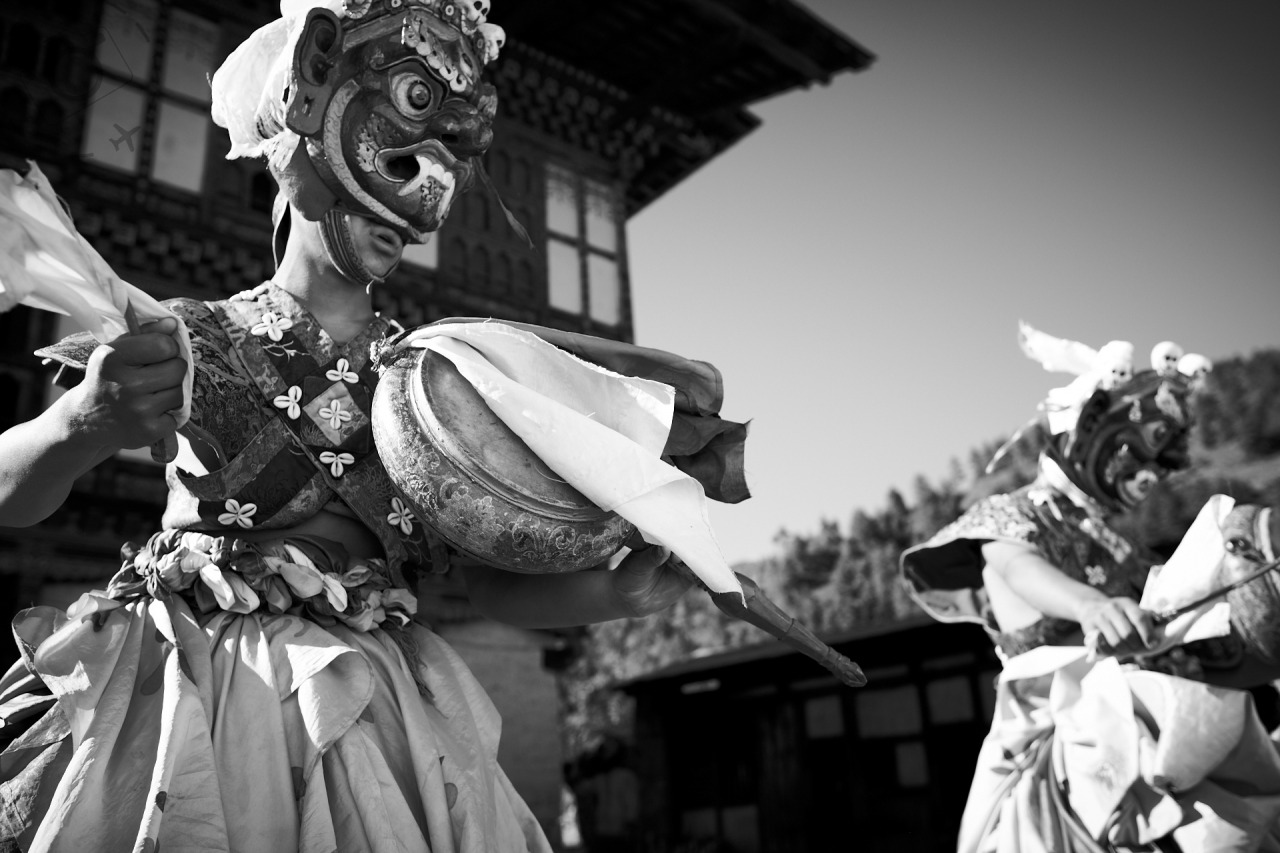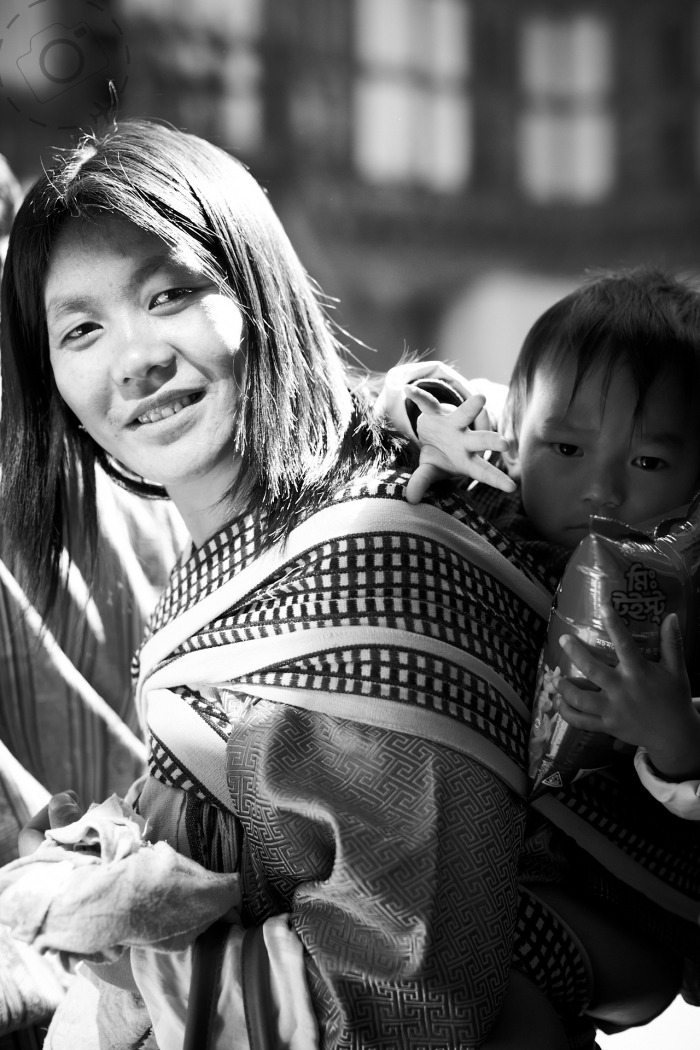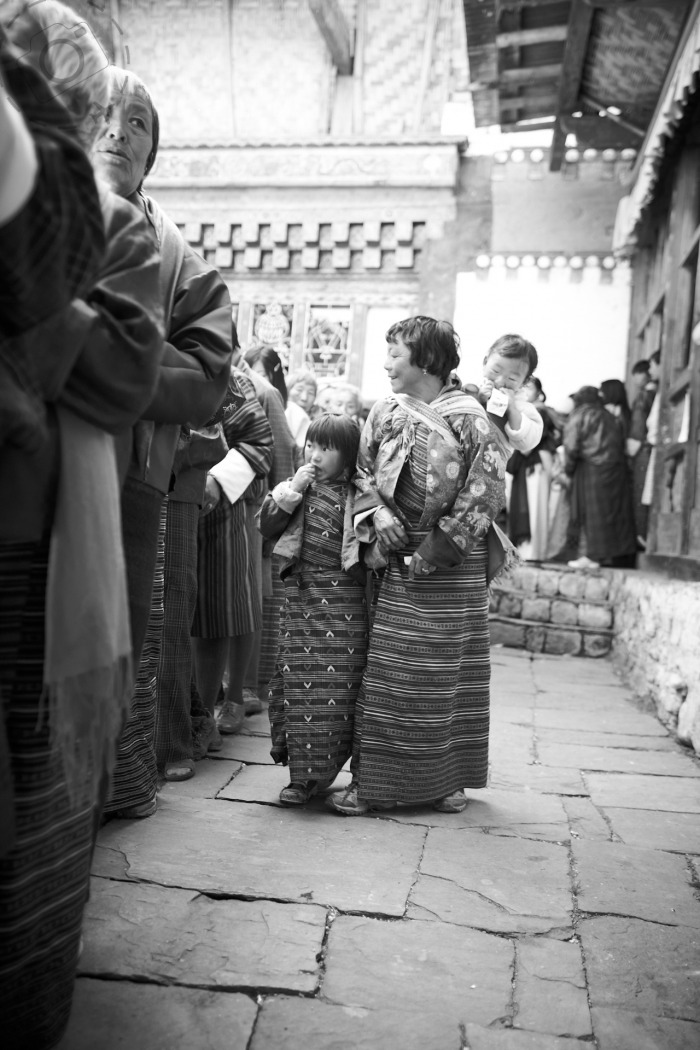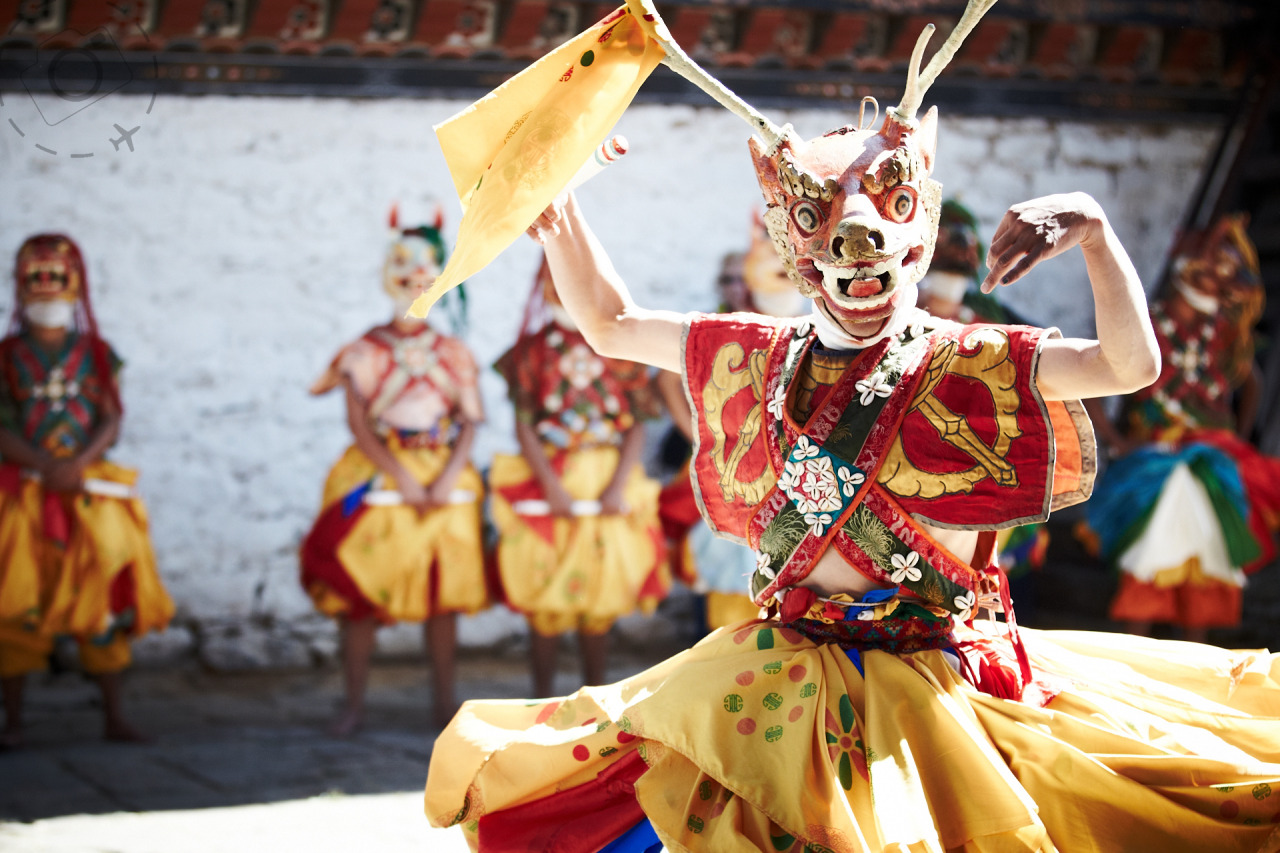







Not Quite Right
I’ve felt for a while that there’s something missing from my photography since switching to mirrorless. And I can’t put my finger on it. Perhaps it was simply that I was taking more time to compose and execute a shot with the older DSLR gear. Perhaps there’s something about those older EF lenses that held a touch of analogue to their style. Perhaps it was the flaws in the glass we have been so keen to eradicate. I don’t know what it is, but I think I want it back.
I made the switch to mirrorless because of the Lumix G9. It was amazing for wildlife and turns out really good at other things too. The MFT platform offers some great lenses, and the G9 was the first camera to really make the smaller sensor work. But it was at the extreme end of the mirrorless world. Stepping back into full-frame with the Lumix S series felt a little closer to my home plate, but it still delivered a clean and tidy style of image. It lacked imperfection! Does that make sense to anyone else?
My photos are different now compared to a decade ago. In loads of ways they are better. I get a lot of value from the enhanced dynamic range for example, and pushing into difficult light. Plus the low light ability of mirrorless systems and especially a camera like the Lumix S5 with dual ISO. It’s so nice at ISO 4000. And of course the autofocus is just miles in front of anything I had with DSLR. Given my failing eyesight in the past decade, that’s no small issue either. But in some ways my photography has gone backwards.
Cameras have changed a lot over the past decade, but so have I. I’m not as intense about getting the shot, not nearly. Usually being patient and diligent is an asset, but sometimes being pushy and working yourself to a frazzle all day is beneficial too. And I’m often juggling two skill sets, switching from stills to video. That’s always going to have an impact. It would be the height of hubris to think that somehow I can achieve my best photography when time-sharing my brain between two different tasks. Just the process of flipping between stills and video throws the brain into a spasm, and often the camera too. I typically have to pop on an ND filter to slow down the shutter speed for video, and maybe the ND filter I’m carrying is not the ideal one and I have to decide whether to shoot for aperture or shutter in that instance? Or maybe the ND filter got smudged the last time I used it, and I have to clean that up.
While all this stuff is happening and I’m focused on my camera instead of the photography. I’m not taking photos. I’m not looking for a new place to shoot from. I’m not waiting for the pivotal moment. I’m not watching the crowd. I’m not thinking about a better angle to shoot from. I’m not poised and ready to shoot. I’m not doing my best.
Focus on the Lens
Lenses make such a difference though. The new mirrorless systems have such light and nifty lenses – we shop for convenience when we shop for mirrorless. I never did that on DSLR. The good lenses were big and heavy, like the camera, so I just accepted that. I packed a big bag with a bunch of lenses and tried not to get lazy with swapping out when needed. I rarely had a second camera back then. I’d buy one good camera and keep my old camera as a backup. These days I always carry two cameras, identical cameras, and sometimes even a third. I want to remove any obstacle to capturing the image I envisage. If there’s a wide shot I grab the camera with the wide lens. If there’s a telephoto shot I grab that camera. Mirrorless makes it easier to have more cameras and more lenses.
But the lens designs these days are aimed at neutrality, not character. They are so good. And the cameras correct all the bits that aren’t so good anyway. It’s photography, but sanitised.
My style is all about the imperfections. The rough edges. The glinting sunlight. The layers of bokeh. The peeking inwards. The obscured vision. The uncertainty. The unknown. I like to leave something for the viewer to interpret, to wonder, to fill in with their own imagination. That’s why I shoot everything at F2, because nobody needs to see every last bit of detail; what they need is a little room for their own mind to explore the scene and make connections that exist inside their head, not just in the photo. Leave room for the audience to build a piece of that image for themselves.
I call this “the part for the angels”. I met a winemaker in the Périgord region of France, and he popped open an oak barrel that was many many years away from being ready. He said the barrels lose a little bit over time as they breathe and evaporate. You need to top it up with something over the course of a decade, or the chemistry changes too much. They call this missing wine, “la part des anges”.
The question becomes what do you replace the missing wine with? Do you add something younger and less complex, or do you merge wine from another barrel of similar age? How does the barrel change as the evaporation proceeds? Does the alcohol evaporate faster than the complex flavours? Is there a benefit to giving away a little for the angels, is this part of how the wine gains character?









Hands On
Photography is a lot like wine making. We are trying to make something beautiful from something ordinary. We are interpreting the moment and creating something distinctive and unique. Every step of the way offers potential for artistic expression. How you print an image, the contrast of the paper, the texture of the paper, the choice of ink, the choice of social media, the processing of the RAW file, the selection of one image from the other dozens you captured in that few minutes... even the choice of what you shot on the day. Do you point the camera at the 17th century chateaux with a parcel of vines leading towards the village, or do you turn 180 degrees and capture the garbage truck collecting refuse on the street? The photographer is deciding what the photo is, not the camera. There is no neutral. There is never neutral.
So why should a lens be neutral? Why should a lens be perfect and corrected and flawless? What creative purpose does that serve? There’s a reason so many people enjoy mirrorless cameras with older manual focus lenses. You buy an adaptor and suddenly there are hundreds of lenses to experiment with. All of them imperfect. Wonderfully imperfect. I spent hours last night looking at 35mm AF lenses and my brain melted. Some were small and light but still capable of shooting at F2 where I love to shoot, but then you google for reviews and find a guy on YouTube who measured the extent of chromatic aberrations when shooting below F4 so you go looking at another lens and discover it vignettes by 2.5 stops so you look at another one and it’s pretty much perfect from head to toe but weighs 1.2 kilograms.
The internet didn’t look like this when I was learning my craft. You’d buy a lens because someone you know also bought that lens and he gave you no more than two reasons why you should. None of those reasons were “a 3% improvement in image quality” either. It had some bits that were sharp and it had a nice look to it. You didn’t apply a filter to the image in Instagram, you simply bought a lens with character.
I’m at the stage where an autofocus lens with character is my dream come true. I’m at the stage where I want to capture images that leave lots of room for the angels, not just a little bit.









Keep Reading
Join Ewen's newsletter for monthly updates on new photography articles and tour offers...Subscribe Here









